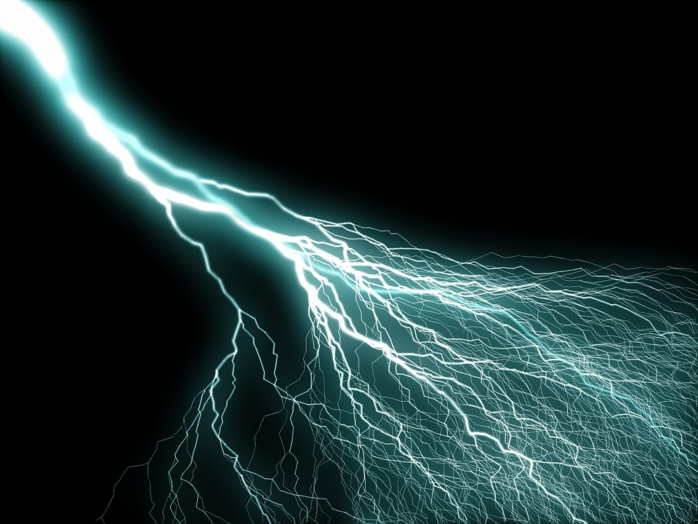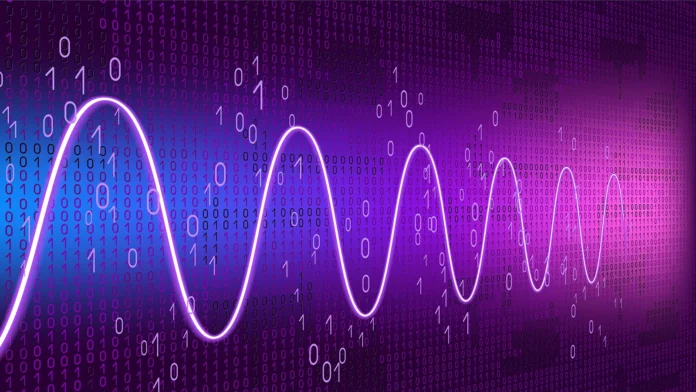A signal’s strength can deteriorate when delivering data over extended distances. Signal attenuation can affect digital and analog signals, as well as wired and wireless communications. If you work in networking, you should know what attenuation is and how to avoid boosting signal strength and maintain network connectivity. We define signal attenuation in this article, identify factors that affect attenuation, and offer solutions for correcting the problem.
What is Signal Attenuation?

Attenuation is the weakening of a signal, whether analog or digital. It is a normal signal transmission consequence across long distances, and it is also known as loss. It can be stated in terms of decibels per foot, mile, kilometer, and 1,000 feet in both fiber optic and conventional cables. The cable efficiency is higher since the attenuation is low for each unit distance.
If signal transmission over long distances via cable is required, one or more repeaters can be put along the length of the wire. In order to overcome attenuation, repeaters are used to boost signal intensity. Because determining the strength of the signal as a function of distance is vital in ultrasonic and telecommunication applications, attenuation is important.
In order for wireless, cellular, and microwave applications to work correctly, attenuation loss must be reduced. An optical data link relies on modulated light reaching the receiver at a high enough power level to be successfully demodulated. During attenuation, this power might be reduced, resulting in the loss of the emitted light signal.
Factors Causing Signal Attenuation

- Frequency
Electromagnetic frequencies are emitted by networks and electrical wires. When the frequency of these frequencies rises, the space becomes noisier. As a result, the signal’s intensity may be affected, resulting in increased attenuation.
- Distance
The longer a transmission must travel between the signal source and the end-user, the more noise it is likely to encounter. Noise is a disruption that degrades or corrupts a signal, interfering with it. Signal strength can be impacted by a longer distance and more noise, resulting in attenuation. Both wired and wireless networks are affected by this.
- Connectors or conductors with flaws
The cables that connect one network device to another are known as networking cables.
They consist of a connector that plugs into the devices to connect them, as well as a conductor that conducts electromagnetic impulses. Signal attenuation can occur if either of these components is installed incorrectly.
- Size of the wire
Because they are more likely to be exposed to external interferences, thinner cables with smaller diameters may be more prone to attenuation than thicker wires. An undesired signal interferes with a valuable signal as it travels between the source and the destination. This interference can significantly decrease a signal, resulting in attenuation.
- Dielectric losses
Dielectric losses are caused by dielectric material losses sandwiched between transmission lines. This dielectric loss causes signal deterioration by forming a conductance, also known as inverse resistance, across the substrate, which absorbs some of the propagating signal energy.
- Obstacle
Signal attenuation is most commonly caused by obstacles in wireless network situations. When signals travel through walls, windows, and doors, they are attenuated to varying degrees. Metal impediments, in particular, can fully block or reflect wireless signals. As a result, when planning your WLAN, make sure there are no barriers between the APS.
How To Prevent Attenuation?

In networking, attenuation refers to the loss of signal strength; amplification, on the other hand, refers to the process of increasing signal strength during transmission. Amplification can be accomplished in a variety of methods, but repeaters, which can recycle a signal, are the most popular.
These gadgets serve as a link between the origin and the destination. A repeater collects data from the original transmitter, processes it, and then sends a stronger signal to the destination, preventing signal attenuation. However, signal amplification isn’t the only option to boost signal strength and avoid attenuation. Other popular preventative measures include:
Use RF attenuator
Custom Microwave fixed rf attenuator, as the name suggests, attenuates the signal by lowering its level. Fixed attenuators come in a variety of levels and are usually measured in dB. This attenuation may be necessary to prevent a circuit stage from getting an excessively high signal level. In addition, because most fixed attenuators have a well-defined impedance, an attenuator can be used to give an accurate impedance match, or attenuators can be utilized in a variety of applications where signal levels must be controlled.
Decrease Distance

Because signal attenuation occurs most frequently over long distances, reducing the distance between the signal source and the final result can enhance efficiency and signal strength. For the same reason, network managers may opt for shorter cables.
Cable Reversal
Because of their material, certain cables suffer more attenuation than others. Copper cables, for example, have higher attenuation rates than other materials due to the material’s sensitivity to noise. Fiber cables, on the other hand, have less attenuation because they convey signals using light wavelengths. While switching cables may be pricey at initially, it can assist boost signal strength in the long run.
Pre-emphasis

Using an amplifier to boost signal strength isn’t the only way to regulate attenuation because it enhances the noise and jitter associated with the signal. Only by boosting the amplitude of the first sent symbol can pre-emphasis strengthen the signal’s high-frequency components.
If symbols are sent at the same level, the subsequent symbol levels are unaffected. Only the first symbol is strengthened if a signal transmits at a high level for three symbols. The following two symbols will be sent at the standard rate. All of these strategies are helpful in preventing signal attenuation.
Conclusion
Attenuation is an unavoidable part of the networking process. As a result, better preparation will give you the best chance to mitigate some of the effects. The amount of attenuation varies by installation. However, adopting some of these guidelines will improve your network’s performance in the long run.




